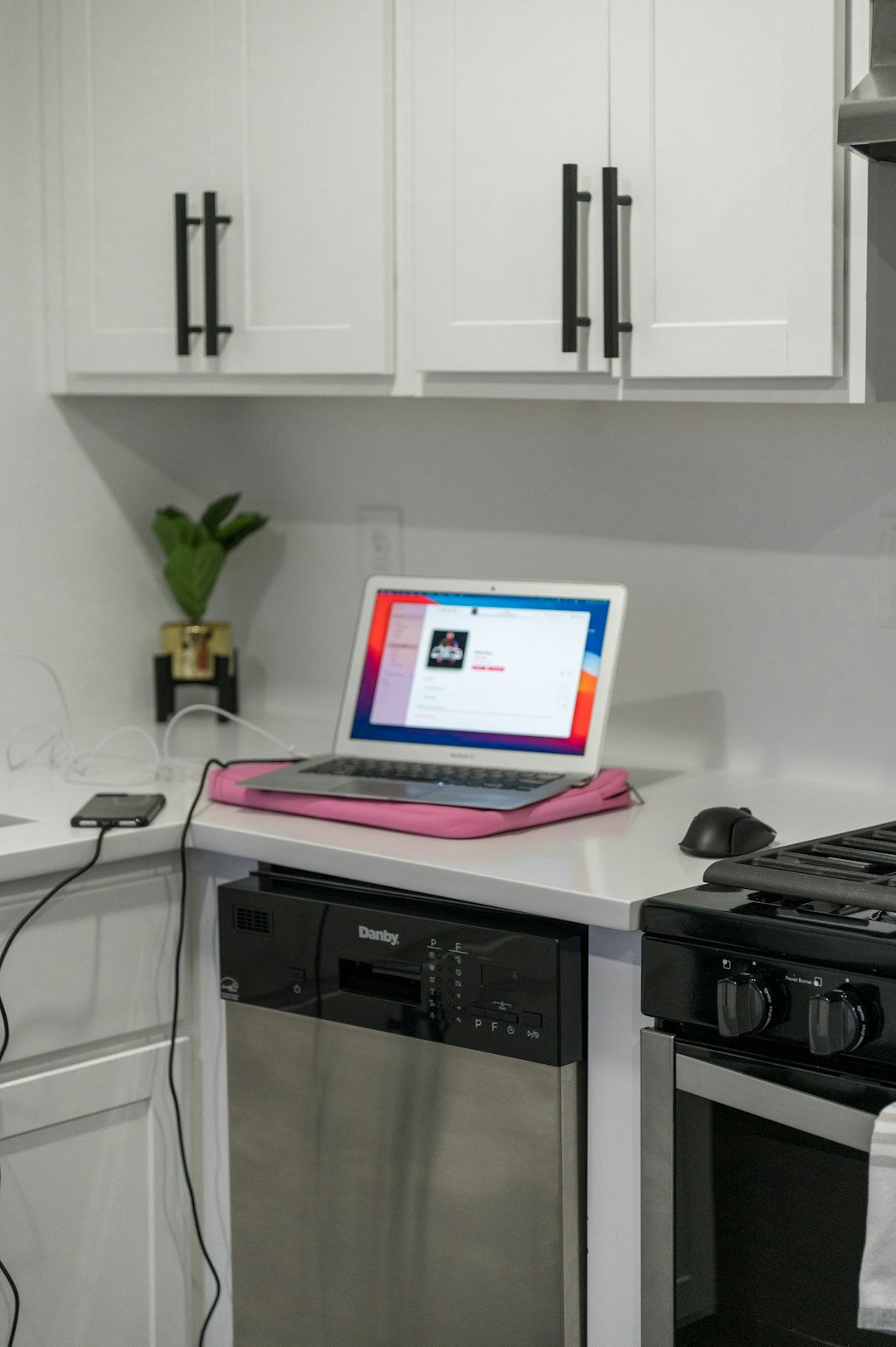Mac users often encounter performance issues stemming from limited memory resources. This can result in sluggish applications, system freezes, and frequent alerts that say, “Your system has run out of application memory.” Fortunately, there are several strategies to troubleshoot and fix low memory on a Mac, helping to restore speed and stability.
Understanding What “Low Memory” Means
Low memory on a Mac usually refers to the lack of available RAM (Random Access Memory). Unlike storage, which is where files and programs are saved, RAM is what the system uses to perform active tasks. Too many open applications or memory-heavy processes can quickly consume it, especially on Macs with 8GB of RAM or less.
Steps to Fix Low Memory Issues on a Mac
1. Check Memory Usage Using Activity Monitor
First, identify which apps or processes are consuming the most memory:
- Open Activity Monitor (found in Applications > Utilities).
- Click on the Memory tab.
- Sort the list by the Memory column to see which apps use the most RAM.
If an app consistently consumes a large amount of memory, consider closing it or looking for alternative software.

2. Close Unused Applications and Browser Tabs
Having too many applications and browser tabs open can drastically reduce available memory. Try the following:
- Quit applications not currently in use.
- Use fewer tabs in Safari or Chrome. Consider using extensions like “The Great Suspender” to reduce memory load.
3. Restart the Mac
Restarting your Mac can clear cached files and background processes that might be consuming memory. It’s a simple but often effective fix for memory-related issues.
4. Manage Startup Programs
Many apps launch by default when the Mac starts, using up memory from the get-go. To manage startup items:
- Go to System Settings (or System Preferences on older macOS versions).
- Click Users & Groups, then select your account.
- Click the Login Items tab and remove unnecessary programs.
5. Use macOS Built-In Storage Management
macOS offers some tools to optimize storage, which can also help free up RAM if the system is using swap memory:
- Go to Apple Menu > About This Mac > Storage.
- Click Manage to view recommendations and remove files or move them to iCloud.
6. Keep Software Updated
Older versions of macOS or apps may have memory leaks or inefficient resource usage. Make sure your system and major programs are up to date to benefit from performance improvements and bug fixes.
7. Consider Upgrading RAM
On some older Mac models, adding more physical RAM is possible. Check compatibility and consider this upgrade if you run memory-intensive programs regularly.
8. Use Third-Party Apps to Monitor or Free RAM
Several apps like CleanMyMac X or Memory Diag can help monitor RAM usage and free up memory automatically. While they won’t increase your physical memory, they can optimize memory use more effectively than doing it manually.
Preventive Tips
To avoid running into low memory issues in the future, follow these suggestions:
- Regularly shut down or restart your Mac.
- Use lightweight alternatives for memory-heavy applications.
- Disable unnecessary extensions and background services.
Frequently Asked Questions (FAQ)
- Q: How can I tell if my Mac has low memory?
- A: You might notice slow performance, see frequent spinning beach balls, or receive alerts about system memory being low. Launch Activity Monitor to check real-time memory usage.
- Q: Can I add RAM to my Mac?
- A: Some older Mac models, especially MacBook Pros from before 2013, support RAM upgrades. However, recent models, including all M1 and M2 Macs, have soldered RAM which cannot be upgraded.
- Q: Are third-party memory cleaner apps safe?
- A: Most well-known apps are safe, but it’s important to download them from reputable sources. Always read user reviews and avoid apps that overpromise results or require complex installation steps.
- Q: Will upgrading to the latest macOS help with memory issues?
- A: Yes, newer macOS versions often include memory efficiency improvements. Keeping your macOS up to date can help reduce memory usage and fix memory leaks.
By following these steps and maintaining good memory habits, any Mac user can significantly reduce the frequency of low memory warnings and enjoy a smoother computing experience.